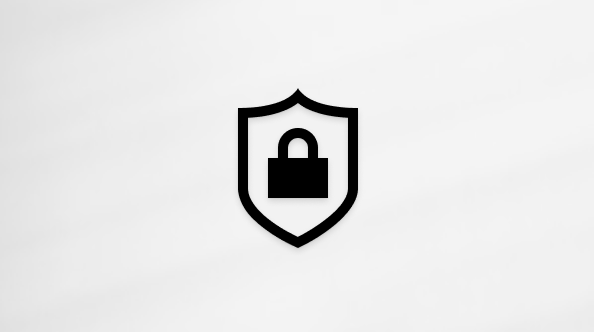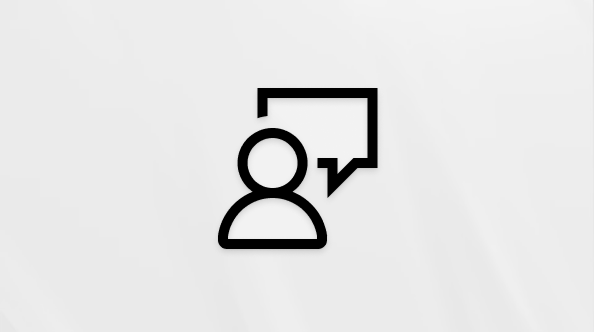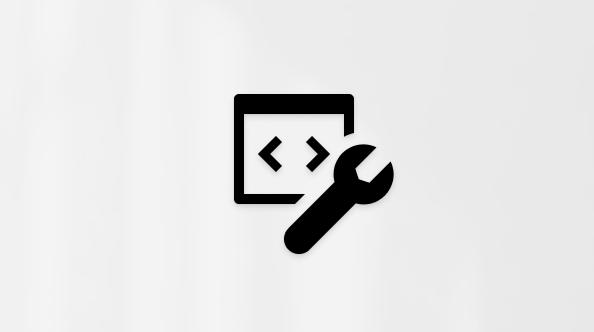Add or invite people outside your org to a chat in Microsoft Teams
With External Access for Teams, you can add or invite anyone outside of your Teams org who uses Teams, Teams Free, and Skype for Business to a one-to-one chat.
For those who use Teams or Teams Free, this includes both one-to-one chats and new or existing group chats.
Add or invite someone from outside your org to a one-on-one chat
You can add or invite people outside of your organization to a one-on-one chat. This includes anyone who uses Teams, Teams Free, and Skype for Business.
-
On the left side of Teams, select Chat
-
Type the email address of the person that you'd like to invite.
Tip: You can use a phone number to search for someone who uses Teams Free. They can accept or block chat invites. You can block any incoming communication from them as well.
-
If their name appears, select it from below the command bar. If there isn’t a name match, type in the e-mail and see the results.
-
To start the chat, type a message in the text box at the bottom and then select Send
Notes:
-
Skype for Business participants can only use plain text in a chat.
-
If you invite someone who doesn’t have a Teams account, they’ll receive an invite to create an unmanaged Teams account. The invitation email is sent using the sender's email and the recipient can see email address of inviter to ensure transparency and trust. Someone using Teams Free must accept a chat invite to participate in a chat.
Add or invite someone who uses Teams outside of your org to a group chat
Chat with up to 250 people in a group chat. Participants from outside your org must use Teams or Teams Free.
Start a new group chat and add participants
-
On the left side of Teams, select Chat
-
Type the email addresses, groups, or tag of the people you want to invite to chat. Each person may be from a different Teams org.
-
Write a message in the text box at the bottom. You can also click the down arrow on the right to add a group name (optional) before adding your message.
Note: Chat participants from different orgs that restrict or block communication with each other may be part of your group chat if your org is allowed to communicate with those orgs.
Add participants to an existing group chat
Add external access participants to existing or ongoing chats that already include at least one external access participant.
-
Choose or be active in the existing group chat that you need to add the participants to.
-
Select View and add participants
-
Type the person's email address or tag. Then, choose if and how much of the chat history you want to include. Select Add. You’ll then see those people added to the group chat.
-
To start or continue the chat, type a message in the text box at the bottom and then select Send
Notes:
-
The existing group must already include an external participant. Otherwise, you’ll create a new group chat with the internal participants and the one or more external participants that you’re adding.
-
If you invite someone who doesn’t have a Teams account to a new or existing group chat, they’ll receive an invite to create an unmanaged Teams account. The invitation email is sent using the sender's email. The recipient can see email address of inviter to ensure transparency and trust.
More things to know
Access to chats
-
External Access is turned on automatically, but an org's admin can turn it off or limit it. For example, they can block certain addresses or domains.
-
Some outside orgs or external access capabilities may be blocked by your org, or your org may be blocked by them.
Capabilities for external users
-
When a chat is created between a managed Teams org and a Teams Free use account, only certain options are available.
-
A person's status indicator is always shown for people who use Teams and Skype for Business and only shown for people who use Teams Free after they accept a chat invite.
-
External chat participants who use Teams and Teams Free may edit and delete sent messages, set delivery options, format text, use emoji, stickers, and GIFs in conversations, use @mentions, and show their status in a chat. However, they can’t share or attach files or use tabs or apps.
-
In most cases, all chat participants can view each others profiles.
Compliance and external access
-
An external label at the top of a chat indicates if there are any external participants in the chat. You'll also see an identifying label beside the names of any external participants in one-to-one and group chat participant lists.
-
An external chat remains external even if all external participants are no longer part of the chat.
-
When you join an external group chat within an org, you're subject to the policies of that org. Also, the shortest retention policy applies. These settings decide how long a chat or message is kept.
-
An external chat becomes read-only if all participants in the org where the chat was created are removed from that org.
-
Data-loss prevention (DLP) and information barriers don't apply to External Access chats.
For more info about External Access and related settings, see Manage external access in Microsoft Teams or check with your admin.
Related links
First things to know about group chats Leave or remove someone from a group chat Chat in a Teams meeting Advanced: native chat experience for external (federated) users in Microsoft Teams















